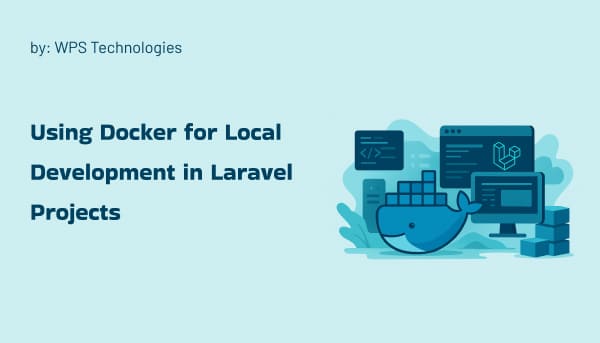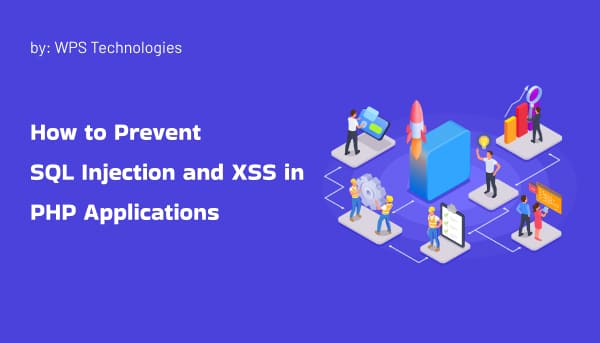
Top 10 Features Every Modern Web App Should Have
With the current fast-paced digital era, users anticipate web applications to be sleek, quick, and user-friendly. Regardless of whether you are developing a productivity application, an e-commerce website, or a social network, your web app must keep up with contemporary standards to remain competitive. Below is a list of the top 10 features every modern web app should have:
Responsive Design
A contemporary web application has to provide a smooth experience on all devices—desktops, tablets, and mobile phones. A responsive design makes your application beautiful and accessible across any screen size. It also boosts SEO, reduces bounce rates, and improves overall user satisfaction by adapting seamlessly to varying screen resolutions and device orientations.
Progressive Web App (PWA) Features
PWAs take the best of both web and native apps. Offline capability, push messaging, and installation to the home screen enhance user engagement and retention. They also reduce dependency on app stores and offer a cost-effective alternative to native app development, while still delivering near-native performance.
Fast Load Time
Users want instant access. Optimize images, employ lazy loading, take advantage of caching, and reduce JavaScript to make your app load fast—even on sluggish networks. Quick load times not only enhance user experience but also improve SEO rankings and reduce server load, leading to better performance under peak traffic.
Intuitive User Interface (UI)
A minimal and intuitive interface improves usability. Employ consistent design patterns, unambiguous calls-to-action (CTAs), and easy navigation to make the app simple to use. A thoughtful UI minimizes confusion, increases user retention, and ensures your audience can complete tasks efficiently with minimal learning or frustration.
Strong Security Features
Security is not negotiable. Use HTTPS, data encryption, secure authentication, and frequent vulnerability scanning to protect user data. Implement multi-factor authentication, session management, and regular code audits to further strengthen your app against common cyber threats and vulnerabilities.
User Authentication and Authorization
Sign-up/sign-in (including OAuth, social sign-in choices), password reset, and role-based access control are crucial to secure and personalized user experiences. Ensure tokens are securely managed, sessions are protected, and sensitive operations require user re-authentication to enhance trust and maintain compliance.
Real-time Functionality
Real-time updates (via WebSockets or server-sent events) are important for applications such as messaging platforms, dashboards, and collaboration tools. This feature keeps users instantly informed, enhances collaboration, and is essential for dynamic applications like chats, live feeds, or interactive notifications.
Scalability and Performance Optimization
Your web application should scale. Modular design, database optimization, and cloud deployment facilitate coping with heavy traffic without collapsing. Use load balancing, microservices architecture, and autoscaling to ensure consistent performance as your user base and data requirements grow.
API-First Design
Current web applications frequently target various platforms. Using RESTful or GraphQL APIs allows you to facilitate smoother integration with mobile applications, third-party systems, or emerging features. This architecture ensures future extensibility, eases backend/frontend separation, and supports omni-channel strategies with efficient data exchange and service reuse.
Analytics and Monitoring
Track user behavior, crashes, and performance metrics using tools like Google Analytics, Sentry, or LogRocket. This data helps improve your app continuously. Use real-time dashboards, alert systems, and user flow analysis to identify bottlenecks, enhance decision-making, and ensure a consistently smooth experience.
Conclusion
A contemporary web application is not merely code—it’s an experience. By including these 10 key features, you not only fulfill user expectations but also future-proof your app. Stay adaptive by embracing user feedback, leveraging new technologies, and iterating often to build an application that evolves with both market needs and user demands.


